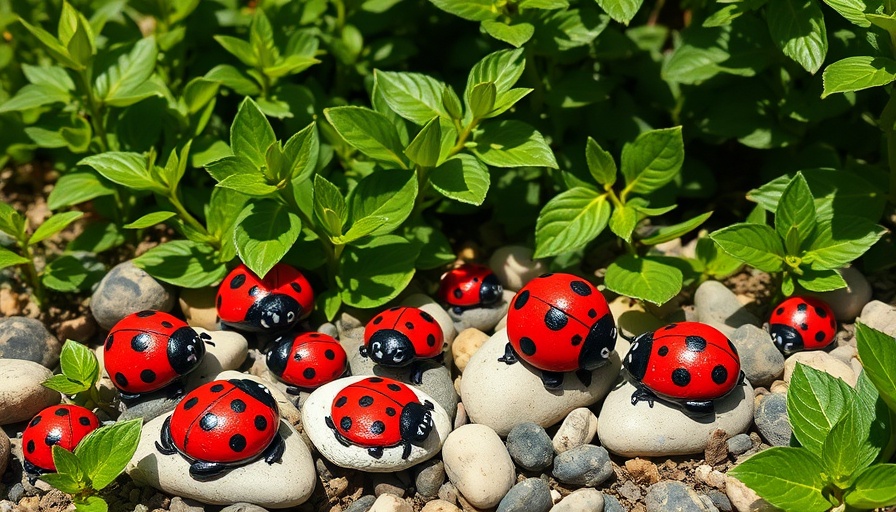
Revitalize Your Home's Entrance with DIY Lawn Decor
When it comes to boosting curb appeal, few things can make a more significant impact than tasteful lawn decor. Simple DIY projects not only transform the appearance of your front yard but also foster pride in your home. Imagine walking past houses adorned with bright colors and whimsical designs. These creative touches can inspire both you and your neighbors to invest time and energy into outdoor spaces, creating a friendly community vibe.
Five Simple DIY Lawn Decoration Projects
Here are five easy-to-implement ideas that will enhance the beauty of your home and offer a sense of ownership, all while being budget-friendly!
1. Painted Rock Gardens
A painted rock garden can serve as a vibrant focal point. By incorporating gnomes, you can create a playful atmosphere that welcomes visitors. Anyone can execute this project with just a few simple materials:
- Smooth rocks
- Acrylic paints
- Paintbrushes
- Sealer spray
- Gnome statues
After preparing the rocks by cleaning them, the same can be painted in any design you fancy—from polka dots to floral patterns. Once sealed, these masterpieces last for years with little maintenance.
2. Whimsical Tin Wind Chimes
Turn everyday materials into delightful wind chimes that soothe the ears as they dance in the breeze. Using old tin cans, paint, and some string, you can create charming, customized chimes for your porch or garden. Try painting each tin with a different color and pattern to create a charming visual display.
3. DIY Flower Pots
Elevate your garden space with creatively designed flower pots. Use handmade decorations, such as mosaic tiles or paint, to personalize your pots. Consider having a themed arrangement—for example, using pastel colors for spring or bright shades for summer.
4. Colorful Garden Flags
Create your own garden flags using felt and colorful fabric paints. These small decorations can express seasonal themes, personal quotes, or even family names. You can shift them out according to the seasons, making for an ever-evolving garden display.
5. Hanging Planters
Consider creating hanging planters from repurposed items like old teacups or mason jars. These charming additions can enliven smaller spaces or porches, attracting butterflies and adding depth to your decor.
Embracing DIY Projects for Community Resilience
Through these DIY lawn decor projects, you not only enhance your property’s appearance but also contribute positively to community cohesion. A well-decorated yard reflects care, which can encourage neighbors to think creatively about their spaces. Imagine the impact of a street where everyone has their own touches; this fosters a more inviting and friendly neighborhood.
Future Trends in DIY Home Decoration
As sustainability becomes crucial in our communities, opting for eco-friendly materials can set your DIY projects apart. Using natural dyes, sustainably sourced materials, and recycled items not only beautifies your home but tells a story of conscious living. This increasingly resonates with homebuyers, potentially increasing property values.
Now is the perfect time to dig into your creative side and explore these DIY decorating projects. Why not tap into the tangible benefits of enhancing your curb appeal while contributing to the collective spirit of your neighborhood? You’ll not only improve your home but also strengthen the community you cherish.
Ready to turn your ideas into action? Gather some materials, invite a friend for a DIY day, and let's get started on boosting that curb appeal!
 Add Row
Add Row  Add
Add 




Write A Comment